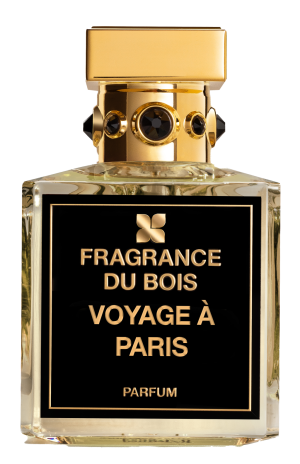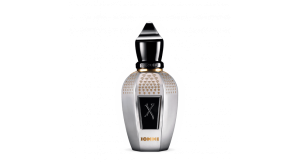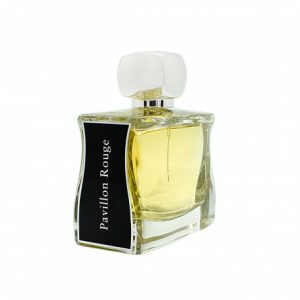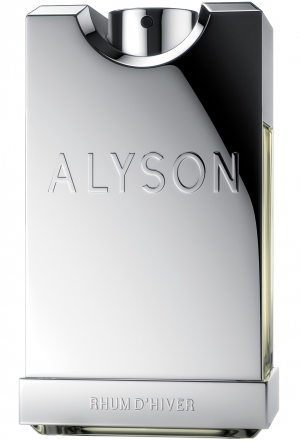Rum
Rum is an alcoholic beverage made from sugarcane. More precisely, it is made from molasses, a syrupy by-product of the processing of sugarcane into sugar. Even though it is very rare, some manufacturers produce their rum from fermented and distilled sugarcane sap. Depending on the recipe, the process of fermentation may range anywhere from 24 hours to a couple of weeks, to result in a clear and colorless spirit. The distillate is usually aged in oak barrels and colored with burnt sugar to get its authentic rich flavor and deep golden tint.
The origins of rum are quite unclear, although we know that fermented drinks from sugarcane were produced even in ancient India and China. Some excerpts from the diary of Marco Polo document a 14th-century description of a “very good wine of sugar” served in what today is Iran. What we do know is that slaves from the 17th-century Carribean sugarcane plantations first discovered that molasses ferments into alcohol. Their experiments with molasses and distillation lead to production of the world’s first true rums, which are claimed to originate on the island of Barbados. The origins of the name are also uncertain but we know that, before it was called rum, the liquor made of molasses was known under the names Kill-Devil and Demon Water. Most likely, this is due to severe hangovers and other health problems caused by poorly-developed distillation techniques.
Rum is often associated with pirates, and this connection is based upon the practice of water-conservation, used on pirate ships. A small amount of rum was added to the drinking water to kill the parasites and prevent diseases. In addition, pirates enjoyed large amounts of grog, which is a famous mariner’s beverage made of sugared water, lime juice and rum. The large amounts of Vitamin C, contained in grog, helped pirates to prevent scurvy when they are at sea for many months. Another infamous association of rum with pirates began with English privateers trading on valuable goods. This way, rum became the first step in the humiliating slavery triangle where the molasses was first shipped to New England to make rum, then the rum was shipped to West Africa to trade for slaves, and finally the slave ships were brought back to the Carribean where the unfortunate ones were put to work in the sugar cane fields.
As the blessing of rum spread across the world, it became so popular that it even became an accepted currency in Europe for a certain period of time. Rum was also the most common currency at the time of the settlement of Australia by Europeans in late 18th century. The amount of rum consumed by an average American before the Revolutionary War is estimated to about 3 gallons per year! Even George Washington bought 160 gallons of rum for his pre-election party, hosting 391 voters with finest quality Barbados rum. Needless to say that he won.



